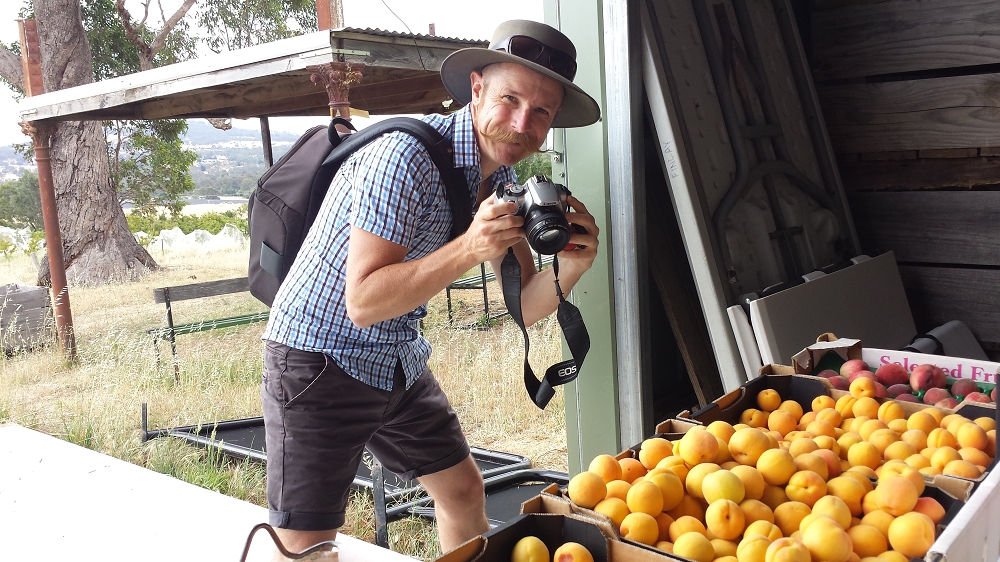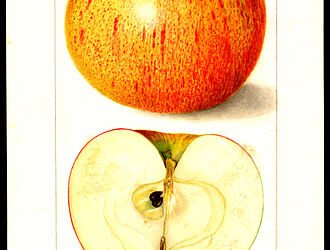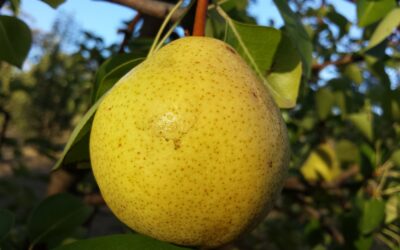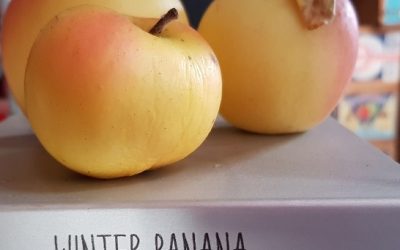Estimated reading time: 5 minutes
We’ve been growing heritage fruit for so many years that sometimes we take it for granted. So we were very surprised when someone wanted to put our fruit in their book!
We knew of renowned garden designer and author Simon Rickard and had long admired his work. He wanted to take photos for a book he was working on about heritage fruit, and our place ticked all his boxes.
He visited at the perfect time, when we had mountains of lush stone fruit just picked. We’re fans of all fruit no matter how it looks, but we did feel proud of our fruit that day.
He was kind enough to drop us a line after the visit to share his reflections from the outside on the way we grow fruit. (Our orchard was still known as Mt Alexander Fruit Gardens at the time.)
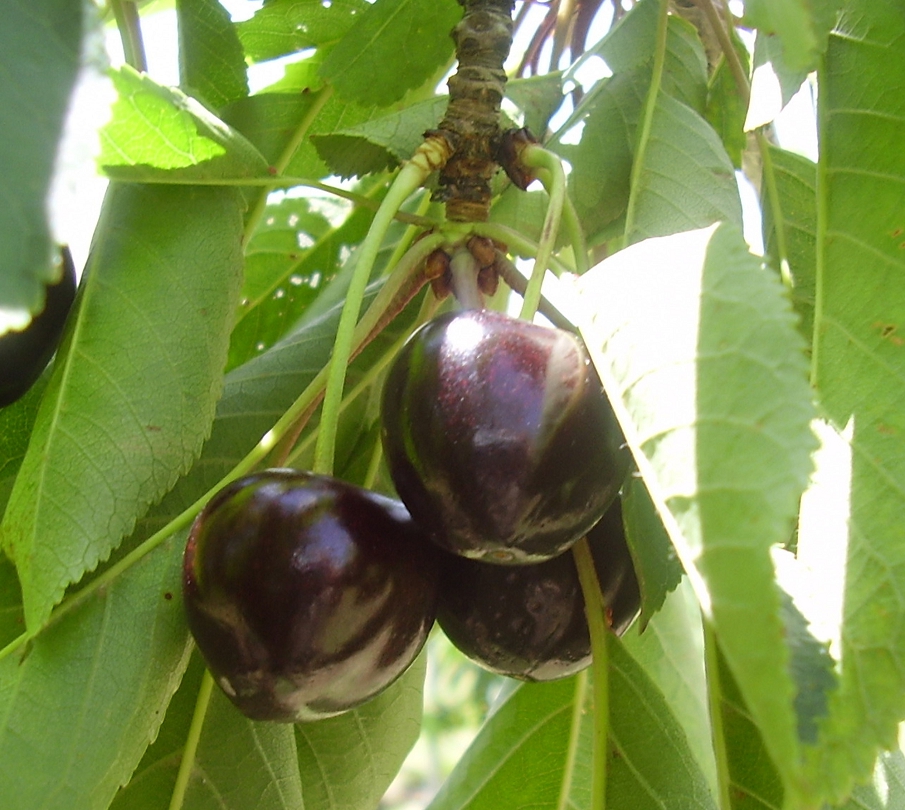
Simon Rickard on the joys and perils of growing heritage fruit
It’s summer and stone fruit season is upon us. Christmas holidays just wouldn’t be the same without these glorious fruits, dripping with sunshine and sweetness.
It’s been a bumper year for cherries, which must be a huge relief to cherry growers. Cherries are a notoriously difficult crop to get to market. They are extremely sensitive to rainfall at harvest time. Any extra water lingering on the fruits causes them to crack near the stem, creating an entry point for brown rot fungal spores. This destroys cherries’ ability to be stored. A chance summer storm can render an entire crop unsaleable.
In some years, cherry growers don’t get any crop at all. In good years, they have to play catch up to make up for the bad years. As the cherry season winds up, the apricots, plums, peaches, and nectarines take the baton. These are the crops that Hugh and Katie grow so beautifully at Mt Alexander Fruit Gardens.
I visited Mt Alexander Fruit Gardens back in spring, to photograph the peach blossom for my upcoming book on heritage fruit. As Hugh showed me around the orchard, I was full of admiration for their commitment and expertise in growing these particular fruits.
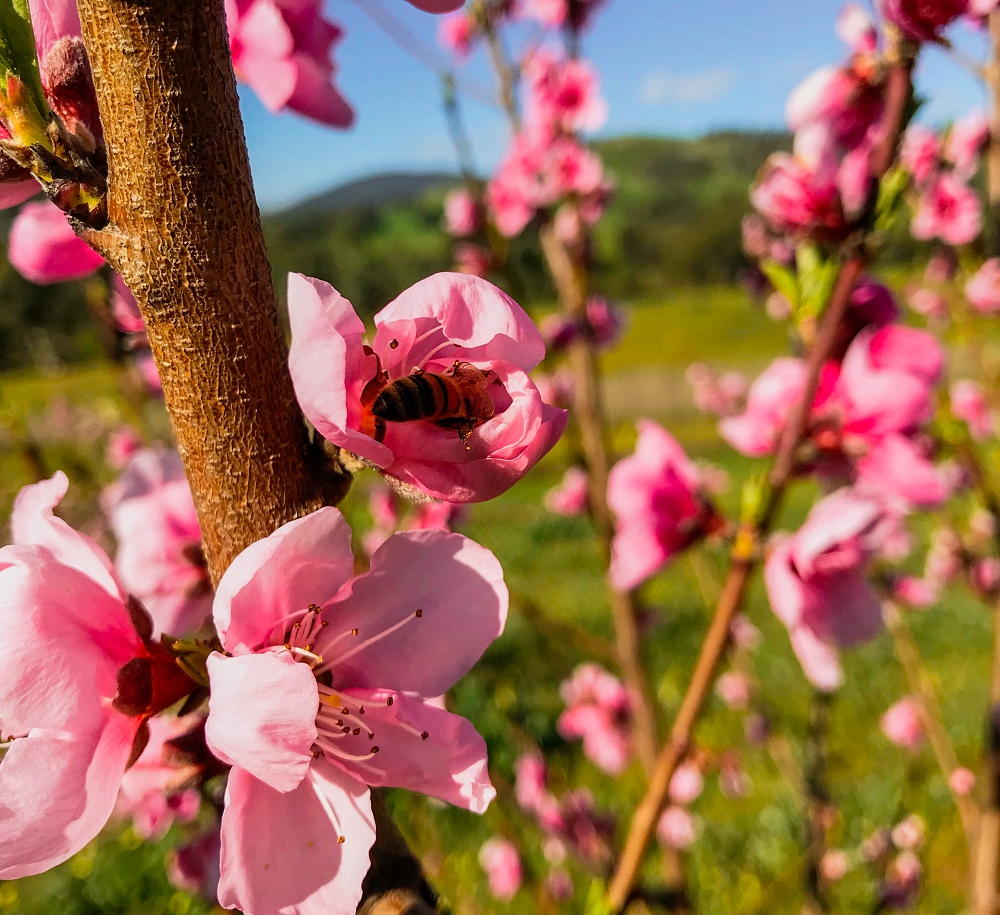
The nitty-gritty of stone fruit production
Anybody who has ever grown stone fruit at home knows that they are one of the most sickly, disease-prone plants imaginable. They are susceptible to all manner of root rots, curly leaf, black aphids, shot hole, bacterial canker, and brown rot. They also suffer attacks by rapacious cockatoos and possums.
Coaxing a crop out of a stone fruit tree requires the utmost skill and diligence. And doing so organically, as Katie and Hugh do, is nothing short of masterly.
On my visit to the orchard, Hugh showed me where they had been pruning out dead wood from apricot and peach trees which are still suffering the effects of a very wet summer five years ago.
He described the organic spraying regime that is needed to stave off the fungal diseases that plague stone fruits. Timing the sprays with the right stage of bud development is critical for the treatment to be effective. [NOTE: Simon is referring to the importance of spraying at the right time to avoid leaf curl.] He talked me through their soil nutrition and weed management techniques.
Santa’s heritage fruit helpers
I was absolutely humbled by the amount of work Katie and Hugh do. They work right through the autumn, winter, and spring, so that we can enjoy stone fruits for a few short weeks in summer. They are a bit like Santa Claus and his helpers, slaving away all year making toys to bring joy to children at Christmas, only orchardists never get the same celebrity treatment that Santa does.
If you, like me, are guilty of scarfing down peaches and apricots without a second thought, try growing some yourself at home. You will soon get a feel for what an amazing job stone fruit growers do. You’ll soon realise what a precious gift they give us every summer.
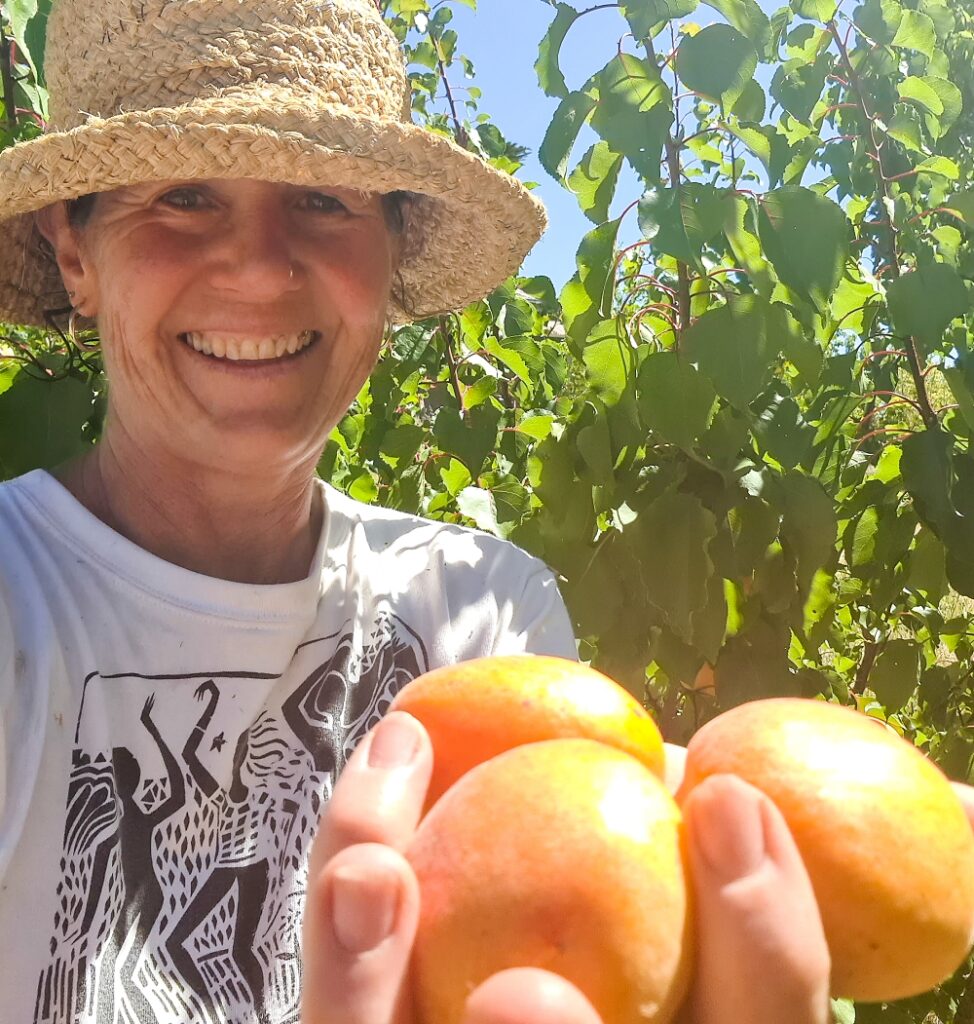
Related Articles
Saving heritage fruit trees by planting them
Many heritage fruit tree varieties are in danger of going extinct. The best way to save them is by planting them in your backyard.
What do you think about growing pears?
Pears have gone out of fashion, but they’re actually easy to grow, delicious, and versatile – a fantastic addition to your garden.
Discover heritage apple trees you’ve never heard of
There are hundreds of heritage apple trees you’ve probably never heard of. We’re aiming to bring as many as possible back into fashion.

